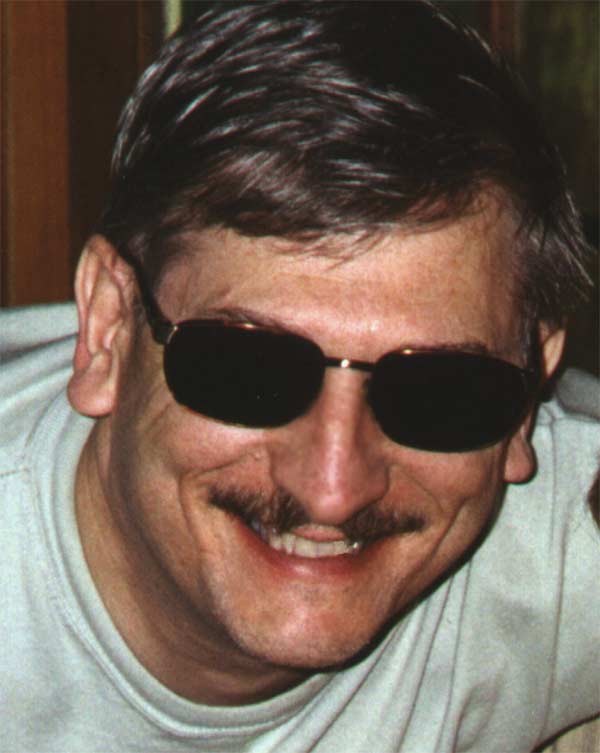|
|
|
 |
Aerodynamic and Hydrodynamic Performance |
| Performance Boat design and setup secrets for Recreational tunnels, Offshore Cats, Racing tunnels, Fishing/Utility hulls, Vee and Vee-Pad Hulls, Bass Boats | |
| Home New About Us Technical Articles TBPNews Archives FREE Downloads Research Contact Us | |
|
Testimonials
Reviews
Join TBPNews
Advertise
Search
Buy Now
|
|
|
|
|
|
About TBDP |
Features |
How it Works |
Design Inputs | Perf
Outputs | Screens |
Reports | VBDP | Testimonials
|
Our Methods |
Reviews | Updates |
Videos | Order
|
||
| TBDP©/VBDP© 'Economy Optimization Analysis' | ||
| Get complete article by email request: | Share: | |
| BREAKTHROUGH! | |||
|
'Economy Optimization Analysis'
by AR's unique analysis and TBDP©/VBDP© software. |
|||
|
This setting is most often utilized to consider the boat's performance at best fuel economy. 'Optimize=Economy' default analysis examines performance starting at 30% (max) power level, testing up to 100% power level, optimizing for LOWEST Power level and LOWEST trim angle (WAngle) for each Velocity. User can also set the 'minimum' power level desired for the analysis (10% through 99%). Optimize=Economy' versus 'Optimize=Angle'
These options will usually determine similar results at higher velocity range of the hull design. At lower velocities, since 'Optimize=Economy' will use the minimum power setting possible, then higher trim angles will be required to achieve sufficient lift to balance the design setup. As a comparison, 'Optimize=Angle' will use maximum (100%) power available, and so lower trim angles will be required for the same design to achieve sufficient lift to balance the design setup.
Some observations
'Optimize=Economy'
Here's why.... Same hull design/setup at same velocity: |
|||
 Figure 1- 'Optimize=Economy' - Lower power, higher trim angle  Figure 2- 'Optimize=Angle' - Higher power, lower trim angle |
2) 'Optimize=Angle' - more (max) power usually means...
Results Comparison Sample...
Economy Power Setting ('Optimize=Economy') demonstrates (red
line) use of reduced Power; higher trim angle WAngle; reduced
wetted surface SWet; more susceptible to porpoising.
Performance Analysis/Optimization Options - TBDP/VBDP can employ 4 different Optimizing methods of performance analysis, each highlighting different performance scenerios and features. Get full performance data,data points for chosen analysis method:
1)
Max Velocity or Test Velocity, Each optimizing method presents comprehensive performance results measures through full operating velocity range, detailed hull performance characteristics. |
||
|
[more about AR's research more about AR's publications and technical articles/papers] |
|||


